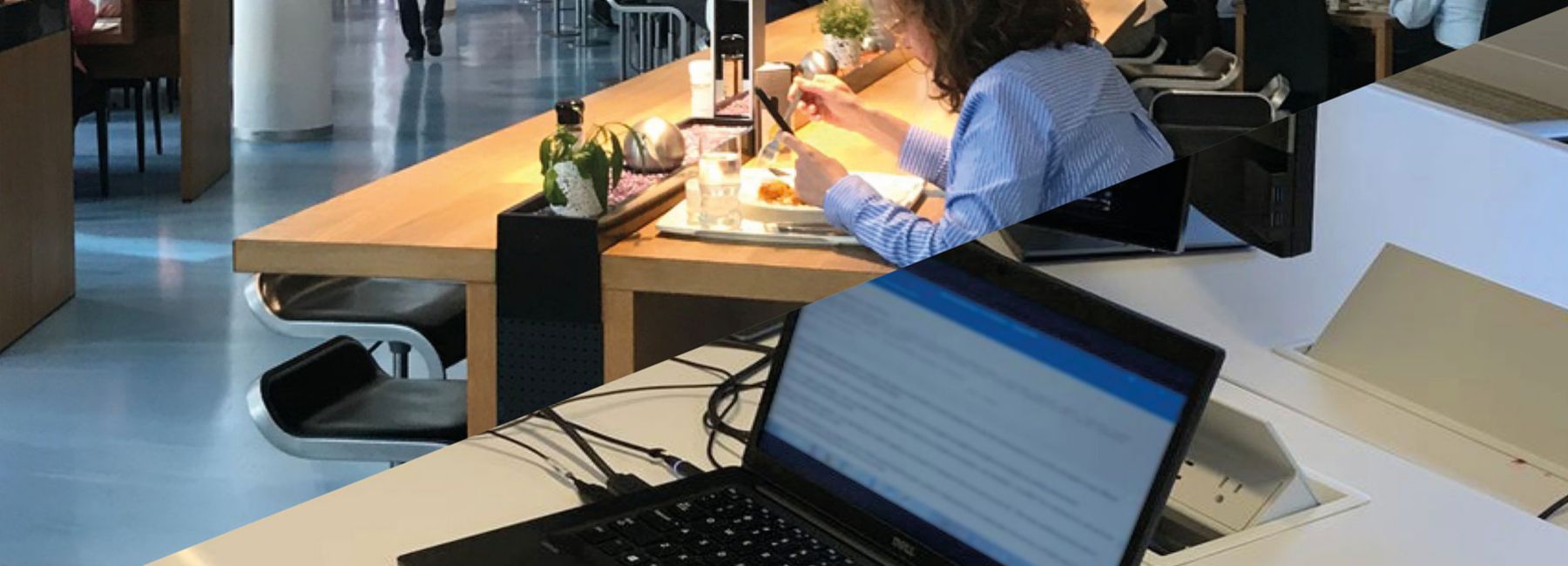Companies are responding to workers’ increasing fluency with digital tools by introducing new policies around working flexibly and remote working. Floorspace is expensive, so why not give employees the flexibility they want while reducing the (literal) overhead costs?
There are some major advantages to embracing a more conceptual model of the workspace: rather than an office where we go to work, the workspace is any space in which we work. Furthermore, the increasing push to shared services and porous organisational boundaries from matrixed working, outsourcing, insourcing and the move towards platform organisations means that this flexibility extends to who is part of the organisation and who isn’t; but this demands ever-greater layers of complexity in granting access to the right information to the right people at the right time.
Each organisation, team, ad hoc group or network will have a different method for promoting and sustaining good working practices together. For some, it might be about making remote work work. Here we offer some observations about current ways of working differently — and yet the same. We propose a series of questions for organisations to ask themselves — not to adopt the One True Way of Working, but to identify the way that works best for them, for now.
This report is a prompt to consider these and other questions, about work and the configuration of three key elements of organisational culture — time, space and attitude — to encourage purposeful collaboration, effective communication and thoughtful cooperation.
